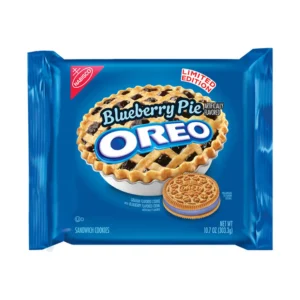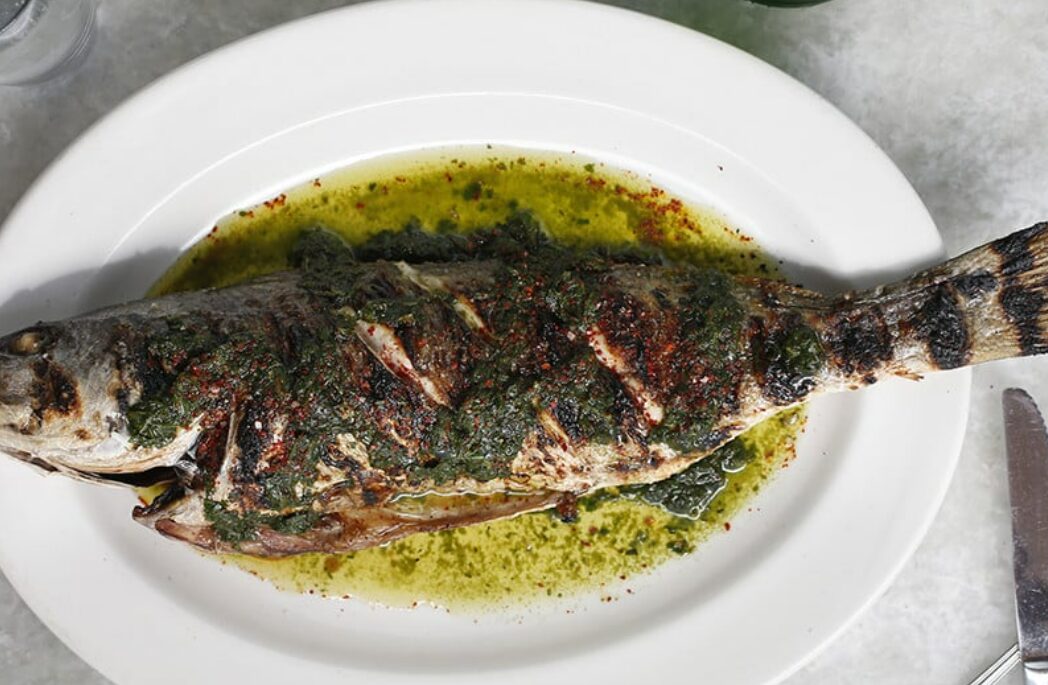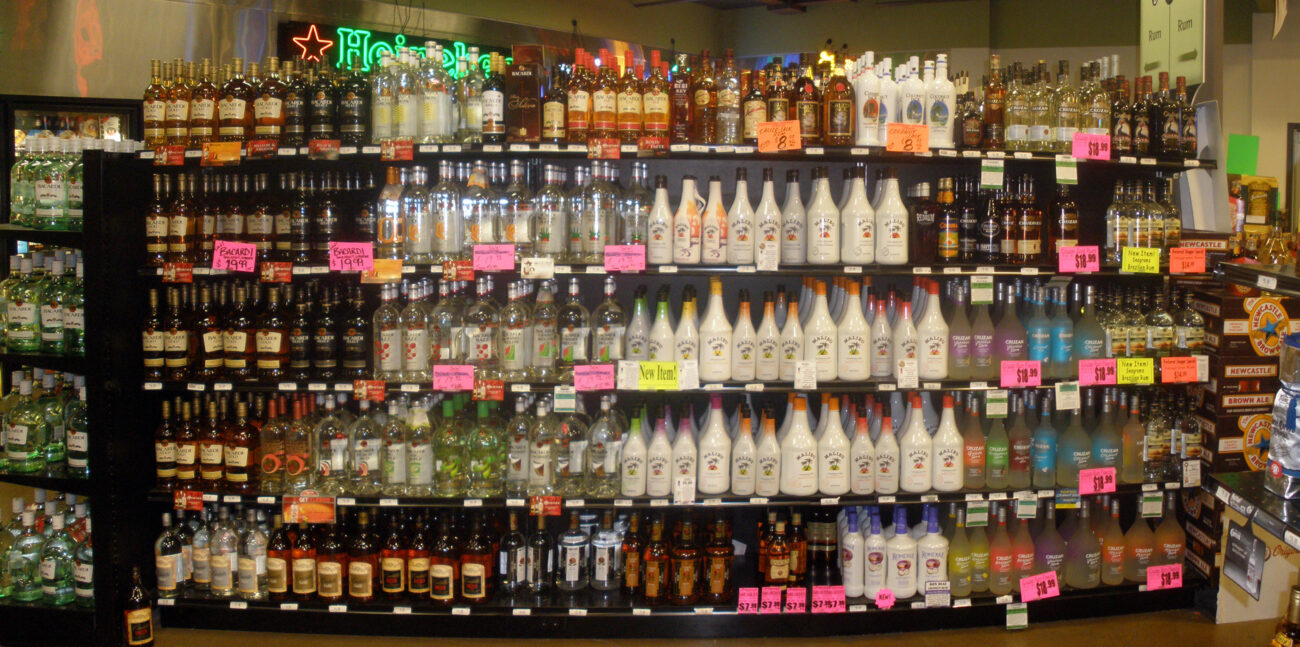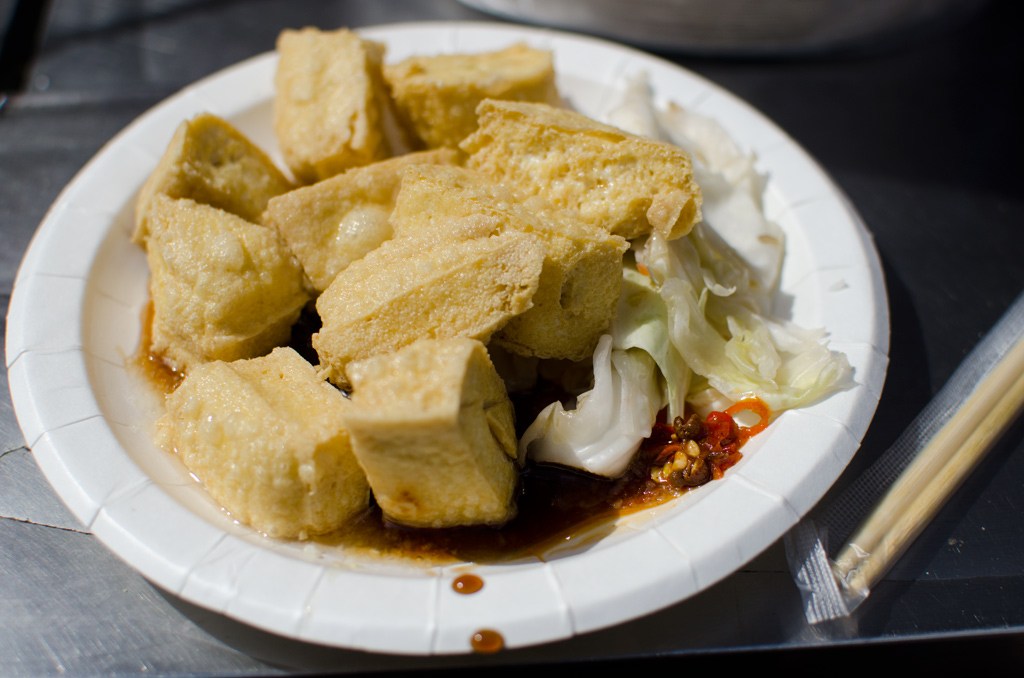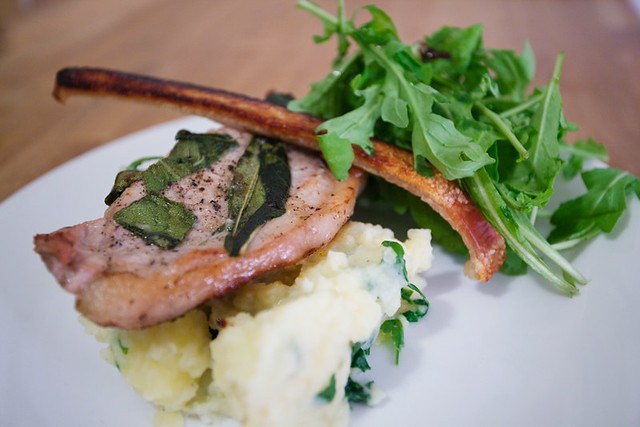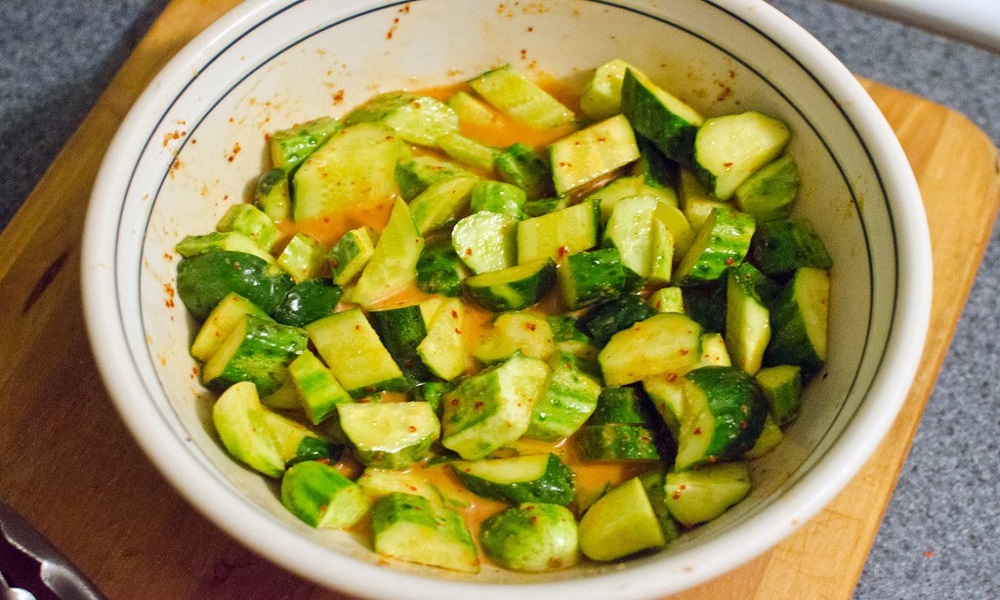The seafood counter shimmers under fluorescent lights like a mirage of health promises, each fillet arranged with the careful precision of a museum curator who moonlights at Whole Foods. Behind that gleaming display lurks a maze of ethical puzzles and health concerns that would challenge even the most determined wellness influencer.
Some fish collect heavy metals like obsessive vinyl collectors, while others arrive with carbon footprints that make transcontinental flights look eco-friendly. Smart seafood shopping now demands detective skills worthy of a true crime podcast, requiring you to decode species origins, farming methods, and potential contaminants before committing to dinner plans.
9. Atlantic Salmon (Farm-Raised): The Instagram Filter Fish

If you’re seeking healthy weeknight protein, farm-raised Atlantic salmon might seem perfect – until you discover its artificially vibrant appearance masks complex realities. Conventional Atlantic salmon farms pack fish into underwater neighborhoods so dense that disease spreads faster than gossip in a small town, creating crowded living conditions that often necessitate antibiotic treatments while generating waste management challenges that would overwhelm even the most experienced city planner.
Your seemingly virtuous weeknight protein choice may harbor concerning PCB levels and persistent chemicals that linger in your system longer than your college roommate’s dirty dishes ever lingered in the sink. The family dinner that appeared so wholesome suddenly carries hidden costs for both your long-term health and the marine ecosystems that support these operations, transforming what seemed like a simple grocery store decision into something far more complicated.
8. “Ahi” Tuna: The Makeup Counter Special
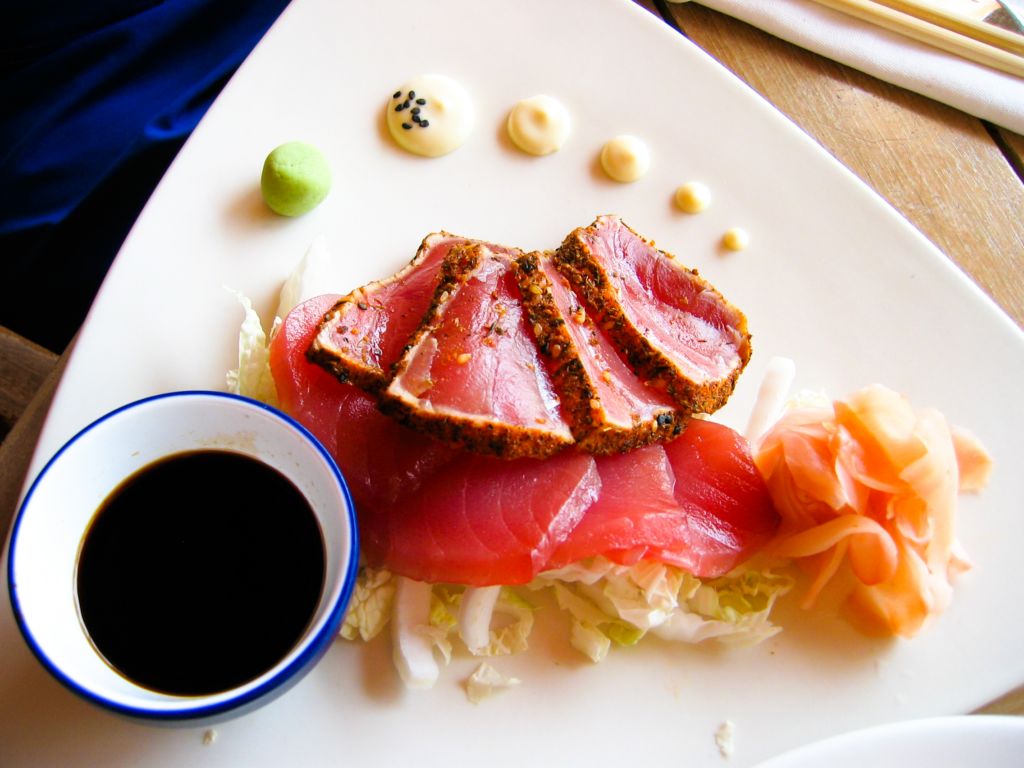
Artificial freshness enhancement gives tuna an appealing rosy glow while masking both quality and mercury content. This seafood makeover essentially gives your dinner a professional touch-up that could mislead you about both quality and safety.
You might select that beautiful tuna for a quick lunch without realizing the artificially enhanced color serves as an elaborate disguise for potential concerns. The bright red appearance suggests peak freshness while potentially concealing troubling mercury levels, especially in larger tuna species that accumulate this heavy metal like unwanted souvenirs from their oceanic travels through increasingly polluted waters.
7. Smoked Salmon: Fast Fashion Meets Fish
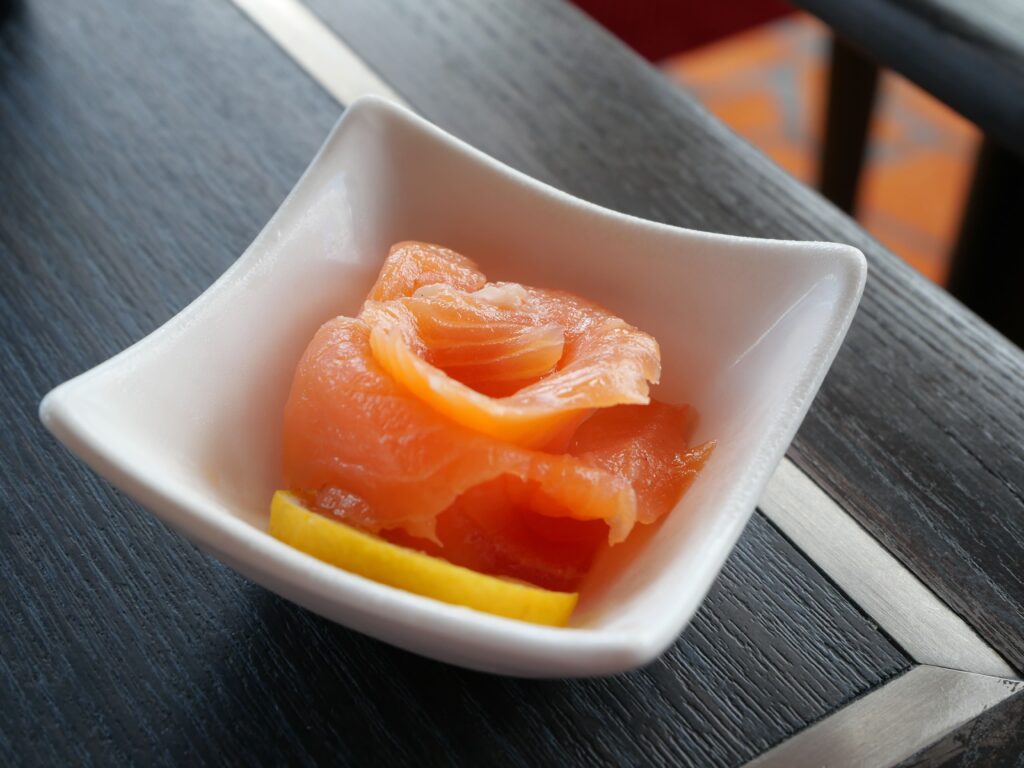
Need elegant brunch protein? The mass-produced smoking process sacrifices authenticity for consistent availability and lower costs. Starting as farm-raised fish, commercial varieties receive color enhancements and artificial smoke flavoring that would horrify traditional smokehouse craftsmen who spent decades perfecting their cedar plank techniques and natural curing processes.
This elegant brunch staple may contain the same PCBs, microplastics, and farming chemicals found in other farmed fish products, despite premium packaging that suggests sophistication and quality. What appears refined and artisanal often carries identical concerns to less expensive farmed seafood options, just wrapped in fancier marketing language and positioned next to organic everything bagels in the deli case.
6. Wild Salmon: Nature’s Unfiltered Version

The difference between wild and farmed salmon becomes immediately apparent once you know what to look for. Natural krill diets create authentic coloration without chemical enhancement, while major retailers now provide “wild” salmon labeling for verification, though availability follows nature’s schedule rather than consumer convenience or marketing campaigns.
Fresh wild salmon appears in North American markets from May through July, making it a seasonal treasure rather than a year-round staple that you can grab whenever the mood strikes.
Despite potential trace metals that accumulate naturally in marine environments, wild salmon’s overall nutritional profile and sustainable harvesting practices make it worth seeking during its limited availability window. For those interested in sustainable dining experiences, the River to Table glamping spot offers a unique blend of nature and cuisine.
5. King Salmon: The Beyoncé of Fish
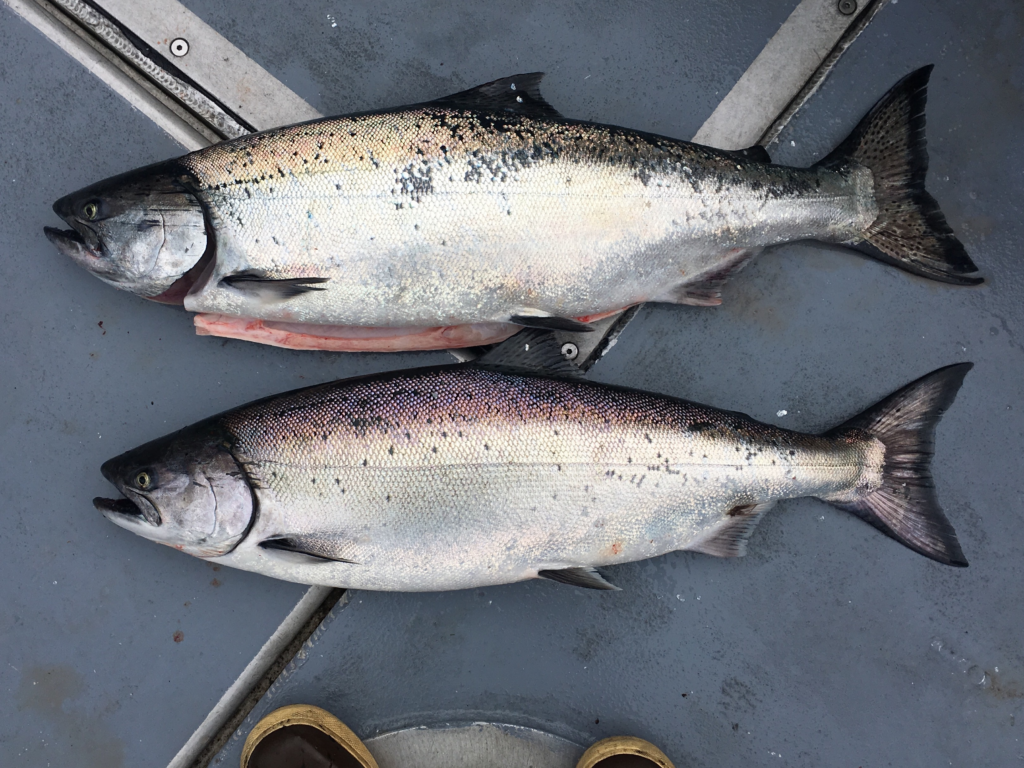
Premium pricing meets exceptional quality in this celebrity fish that commands respect from seafood enthusiasts worldwide. Higher fat content creates an exceptional eating experience that justifies its celebrity status among discerning fish enthusiasts.
Limited seasonal availability makes each appearance feel like a special event rather than just another Tuesday night dinner option. Frozen alternatives exist year-round but simply cannot match the sublime quality of fresh King salmon, which delivers peak performance when prepared simply to showcase its inherent excellence.
Smart cooks plan special meals around this seasonal star, treating it with the reverence typically reserved for aged wines or perfectly ripe summer tomatoes.
4. New Zealand King Salmon: The Compromise Candidate
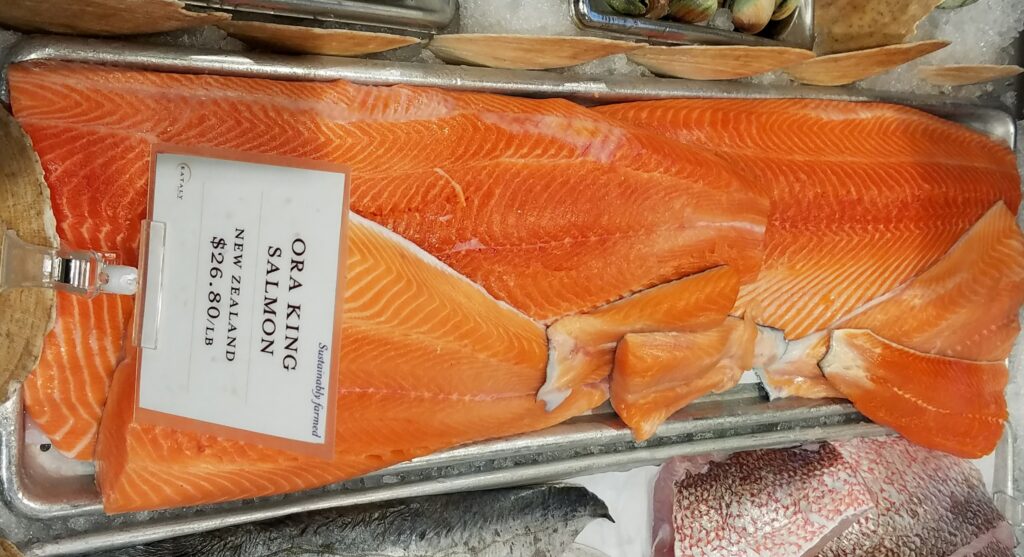
Caught between wild salmon ideals and year-round availability? This organic farm-raised salmon option bridges the gap without completely sacrificing quality or environmental responsibility. These operations emphasize fish welfare and environmental stewardship through deep offshore pens that minimize environmental impact while using natural feed ingredients that create authentic coloration without artificial additives or enhancement chemicals.
Full traceability from ocean to plate helps justify the premium pricing, especially for raw preparations where superior quality cannot hide behind complex seasonings or elaborate cooking techniques.
This option provides a sustainable middle ground for conscientious seafood lovers who want to make responsible choices without completely abandoning their favorite fish dishes, though consumers should still verify specific organic certifications and farming practices when making purchasing decisions.
3. Chilean Sea Bass: The Special Occasion Fish

This fish divides culinary opinion like pineapple on pizza – people either embrace its unique character or politely decline. While wild-caught, sustainability concerns and mercury considerations make it better suited for occasional indulgences rather than regular rotation in your weekly meal planning, especially given its complex harvesting challenges and environmental impact.
This fish performs best when grilled or pan-seared to showcase its naturally rich, flaky texture rather than being buried under heavy sauces that mask its inherent qualities.
Experienced chefs select Chilean Sea Bass specifically when its distinctive profile will enhance a dish rather than simply provide protein, treating it like a premium ingredient that deserves thoughtful preparation and appropriate wine pairings that complement its oceanic intensity.
2. Microplastics: The Uninvited Dinner Guests

Microplastic contamination has infiltrated 90% of seafood samples worldwide, creating health concerns that researchers are still studying. These microscopic particles accumulate in human organs with implications that make even optimistic health enthusiasts pause for reflection.
Complete microplastic avoidance proves nearly impossible, but informed choices can help minimize exposure to these persistent pollutants. The plastic pollution cycle means discarded materials eventually return to our plates in microscopic form.
1. Grass-Fed Beef: The Land Alternative
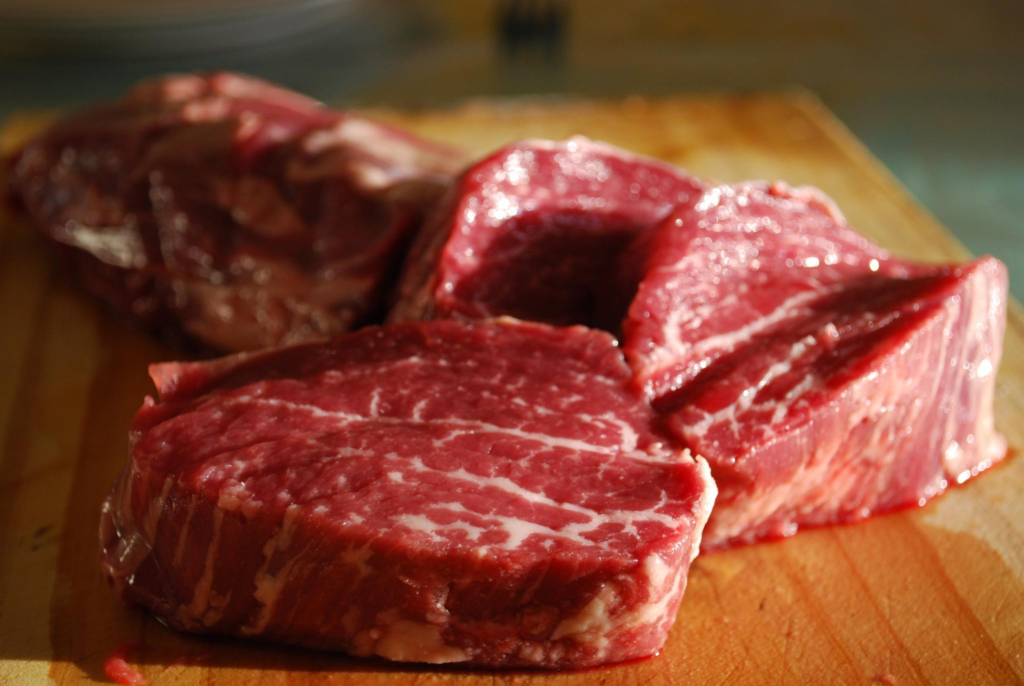
Seafood concerns overwhelming your dinner planning? This terrestrial protein sidesteps aquatic worries while delivering comparable nutrition without the antibiotics common in fish farming. These cattle consume natural diets without the antibiotics that have become commonplace in fish farming operations, producing meat that typically contains fewer environmental toxins while delivering comparable nutritional benefits.
This option often costs less than premium seafood while addressing multiple concerns simultaneously. If you’re interested in a plant-based alternative, consider the Homemade Vegan Banh Mi, which offers a flavorful and sustainable option.




